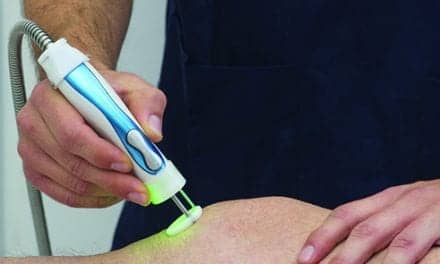The Department of Defense’s Defense Advanced Research Projects Agency (DARPA) recently awarded funding to the Lawrence Livermore National Laboratory (LLNL) to develop an implantable neural interface designed with the ability to record and stimulate neurons within the brain for treating neuropsychiatric disorders. A news release from the laboratory reports that the $5.6 million awarded will fund technology engineered to assist doctors in better understanding traumatic brain injury (TBI), chronic pain, post-traumatic stress disorder (PTSD), and other conditions.
Researchers explain in the release that the new neural device is based upon similar technology used to create a neural interface that was successfully implanted into blind patients to help partially restore their vision.
Satinderpall Pannu, director of the LLNL’s Center for Bioengineering, emphasizes that, “This DARPA program will allow us to develop a revolutionary device to help patients suffering from neuropsychiatric disorders and other neural conditions.”
According to the release, the project is part of DARPA’s Systems-Based Neurotechnology for Emerging Therapies (SUBNETS) program.
Additionally, LLNL and Medtronic are collaborating with the University of California, San Francisco, University of California, Berkeley, Cornell University, New York University, PositScience Inc, and Cortera Neurotechnologies on the DARPA SUBNETS project.
Medtronic will reportedly consult on the development of new technologies and provide its investigational Activa PC+S deep brain stimulation (DBS) system, built to enable the sensing and recording of brain signals while simultaneously providing targeting DBS. The release notes that the system could help pave the way for improved understanding of how various neurological conditions develop and progress.
The release adds that the LLNL Neural Technology group will work to develop an implantable neural device with hundreds of electrodes by leveraging thin-film neural interface technology. The electrodes will then be integrated with electronics using LLNL integration and 3D packaging technologies. The release also notes that the goal is to seal the electronic components in miniaturized, self-contained, wireless neural hardware. The microelectrodes are embedded in the biocompatible, flexible polymer.
Once surgically implanted into the brain, the neural device is built to assist researchers in pinpointing the underlying dynamics of neuropsychiatric disorders and re-train neural networks to unlearn these disorders and restore proper function. As stated in the release, this strategy will allow the device to eventually be removed from the patient, rather than the patient remaining dependent on it.
[Source: Lawrence Livermore National Laboratory]





